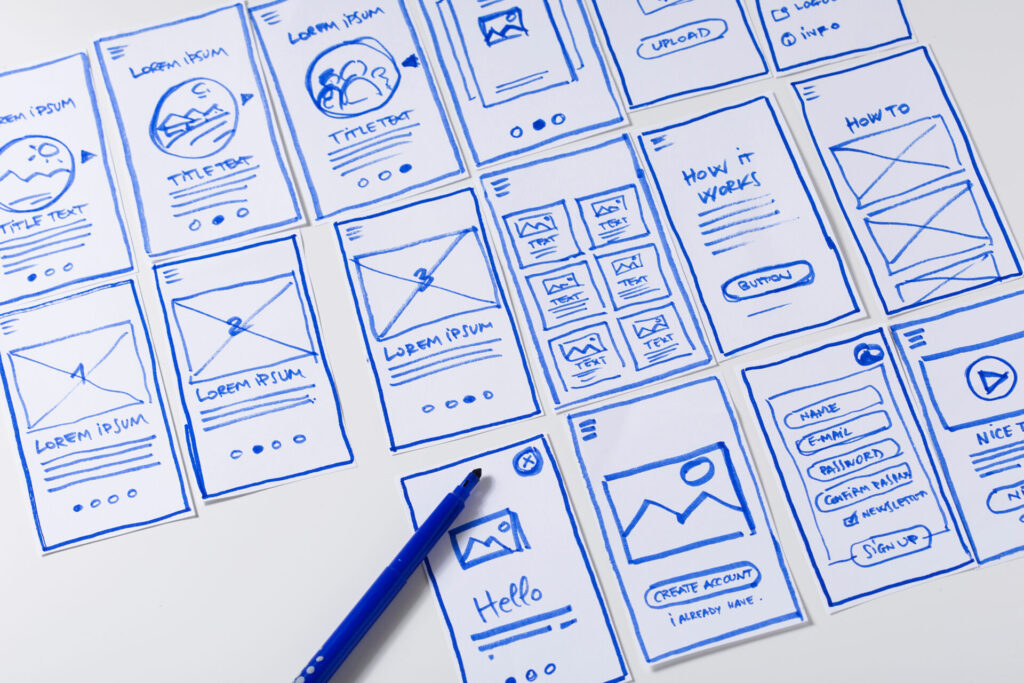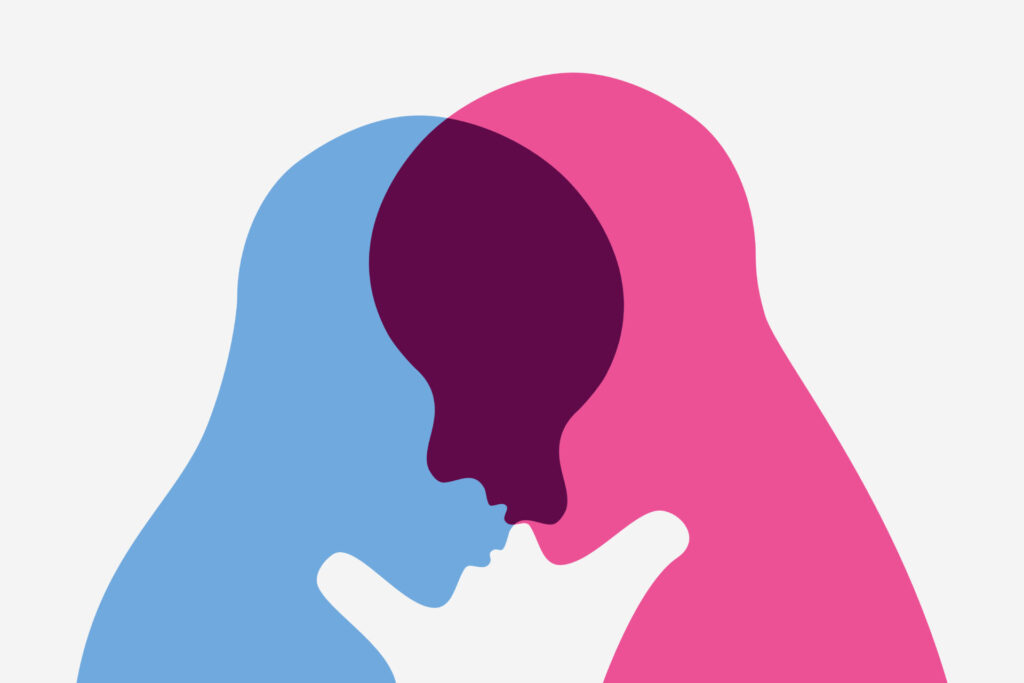The Evolving Role of UX Designer UI
In the fast-paced world of digital products, the role of the UX designer UI has become pivotal. These professionals blend the art of creating seamless, intuitive user experiences with the science of crafting visually appealing interfaces. UX designers focus on understanding the user’s journey, while UI designers translate this understanding into an interface that is both aesthetically pleasing and functional. Together, they ensure that users engage with products that are easy to use, efficient, and enjoyable. However, as technology evolves, so too does the role of the UX designer UI, presenting new challenges and opportunities. ux designer ui
As businesses increasingly focus on customer-centric models, the demand for highly skilled UX designers UI has surged. These designers are expected to navigate complex digital ecosystems, ensuring that every interaction is seamless and user-friendly. As a result, the UX/UI design landscape is continuously evolving, offering endless opportunities for innovation.

The Integration of AI in UX Design UI
Artificial Intelligence (AI) is no longer just a buzzword; it’s becoming a powerful tool in the design world, particularly in enhancing user experience. One of the most significant contributions AI brings to UX design is its ability to analyze large sets of user data and derive insights that inform design decisions. By analyzing how users interact with a product, AI tools can identify pain points and areas for improvement in real-time.
This data-driven approach allows UX designer ui to create more intuitive and efficient interfaces. AI-powered platforms can track user behavior and provide insights that are nearly impossible to gather manually, helping designers make informed decisions and prioritize what matters most for users.
Additionally, AI-driven personalization is revolutionizing how interfaces are tailored to users. Instead of static designs, AI algorithms can adjust the UI based on individual user behavior, preferences, and past interactions. For example, online shopping platforms use AI to recommend products based on browsing history, while news apps deliver customized content to users. This level of personalization not only improves UX but also enhances user engagement, making each interaction feel more relevant and meaningful.
Another exciting application of AI in UX design is predictive design. By analyzing past interactions, AI can anticipate what the user is likely to do next and preemptively adjust the interface. This predictive capability creates smoother interactions and reduces the cognitive load on users, improving overall usability. As AI continues to evolve, designers will have access to even more sophisticated tools to craft personalized experiences, making the role of the UX designer UI more dynamic than ever.

Designing for Inclusivity and Accessibility
As the digital world expands, there is a growing emphasis on inclusivity and accessibility in UX/UI design. Designers must consider the diverse needs of users, ensuring that interfaces are not only functional but also usable for people with disabilities. Accessibility standards, such as the Web Content Accessibility Guidelines (WCAG), provide a framework for designing products that are inclusive to everyone, including those with visual, auditory, or cognitive impairments.
Incorporating accessibility into design is no longer optional; it’s a necessity. With the global population aging and more people with disabilities engaging with digital platforms, creating accessible experiences benefits everyone. For instance, adding alternative text for images, ensuring compatibility with screen readers, and using high-contrast colors are essential practices to make interfaces usable for a wider audience.
Moreover, designing for inclusivity also means considering the cultural differences of users around the globe. This includes paying attention to color psychology, iconography, language, and content localization. Ensuring that interfaces are intuitive for people from various backgrounds and locations can significantly improve the user experience and expand a product’s reach.
Tools like contrast checkers, accessibility audits, and user testing with diverse groups are helping designers meet these standards. As the demand for accessible digital experiences grows, so too does the importance of making inclusivity a cornerstone of UX/UI design. Designing for diversity not only improves accessibility but also promotes brand loyalty and inclusivity, resulting in a more loyal user base.
Continuous User Research and Feedback Integration
Gone are the days when design was a one-time task. Today, successful UX/UI designers embrace an iterative process where continuous user feedback plays a critical role in shaping products over time. Rather than relying solely on initial design concepts, modern designers integrate user feedback throughout the design lifecycle to create products that evolve with their audience’s needs.
User research, including surveys, interviews, and usability testing, provides invaluable insights into how real people interact with a product. By collecting data at various stages of development and post-launch, designers can refine their interfaces to better serve users. Tools like heatmaps, session recordings, and A/B testing offer real-time insights into user behavior, highlighting friction points that need addressing.
This iterative approach to design not only improves user satisfaction but also fosters a deeper connection between users and the product. It signals to users that their needs are heard and acted upon, leading to greater loyalty and retention. With each update or feature release, the design becomes more aligned with user expectations, increasing the likelihood of long-term success.
Incorporating feedback loops also allows designers to keep pace with changing user needs, market trends, and technological advancements. This flexibility is critical in today’s fast-moving digital environment, where user preferences can shift rapidly. Embracing a continuous feedback model ensures that UX/UI designs remain relevant, user-centered, and adaptable.
Future Trends in UI Design
UI design is constantly evolving, and staying ahead of the curve is crucial for any UX designer UI . One of the most prominent trends is the use of microinteractions—small, subtle animations or changes in a UI that improve the user experience without overwhelming them. These microinteractions can be as simple as a button changing color when hovered over or a notification animating when a task is completed. Such features help create a more dynamic and engaging user experience, making digital products feel more responsive and intuitive.
Microinteractions are becoming an integral part of modern UI design because they add an element of delight and engagement. They guide users through tasks, providing visual feedback and reinforcing positive behaviors. As users increasingly expect more interactive and engaging experiences, microinteractions will become even more essential in creating memorable interfaces.
Another trend on the horizon is the rise of augmented reality (AR) and virtual reality (VR) in UI design. As these technologies become more mainstream, UX/UI designers will need to adapt to creating immersive and interactive interfaces that function seamlessly in 3D environments. This shift will require a new set of skills, including designing for spatial experiences, handling complex user interactions, and ensuring intuitive navigation.
The potential of AR and VR in transforming UI design is enormous. Imagine a shopping experience where users can virtually try on clothes or preview how furniture looks in their homes before making a purchase. Similarly, VR-based training simulations can provide highly interactive and immersive learning experiences. As these technologies evolve, UX/UI designers will be at the forefront of shaping the digital experiences of tomorrow.
Minimalism and clarity are also shaping the future of UI design. With users increasingly bombarded by information, clean, simple interfaces that prioritize essential elements are gaining popularity. Clear typography, intuitive layouts, and an emphasis on white space will continue to dominate the design landscape, ensuring that users can focus on what matters most. As digital products become more sophisticated, users are seeking simplicity and ease of use, which is why minimalist designs that prioritize function over form will remain in demand.

Skills and Tools for Modern UX Designer UI
The tools available to modern UX Designer UI are more advanced than ever, enabling them to streamline workflows and produce high-quality designs efficiently. Figma, Sketch, and Adobe XD are just a few of the popular design tools that allow for real-time collaboration, rapid prototyping, and seamless handoffs to developers. These tools also foster innovation by providing a platform for designers to experiment with new concepts and designs quickly.
In addition to mastering design tools, modern UX/UI designer needs to develop a range of cross-disciplinary skills. Understanding coding languages like HTML, CSS, and JavaScript allows designers to create more feasible and functional designs. Furthermore, working closely with development teams is crucial for ensuring that designs are implemented correctly and efficiently.
Moreover, with the growing importance of user-centric design, a strong foundation in user research, data analysis, and usability testing is essential. UX designer UI today must not only be creative but also strategic, constantly adapting their designs based on user insights and emerging trends. Staying updated on industry best practices and learning new methodologies is crucial to staying competitive in the field.

Conclusion: The Changing Landscape of UX/UI Design
The world of UX/UI design is constantly evolving, and designers must remain adaptable to thrive in this ever-changing landscape. From integrating AI and designing for inclusivity to embracing continuous user feedback and preparing for the future of immersive interfaces, there are countless opportunities for designers to push the boundaries of what is possible.
As technology advances, the role of the UX designer UI will continue to transform. The key to success in this field lies in a designer’s ability to stay ahead of trends, continuously improve their skills, and always prioritize the needs of the user. With a focus on innovation and empathy, UX designer UI will continue to shape the future of digital experiences.
Until next time explore webkeyz’s case studies
and Keep Thinking!





